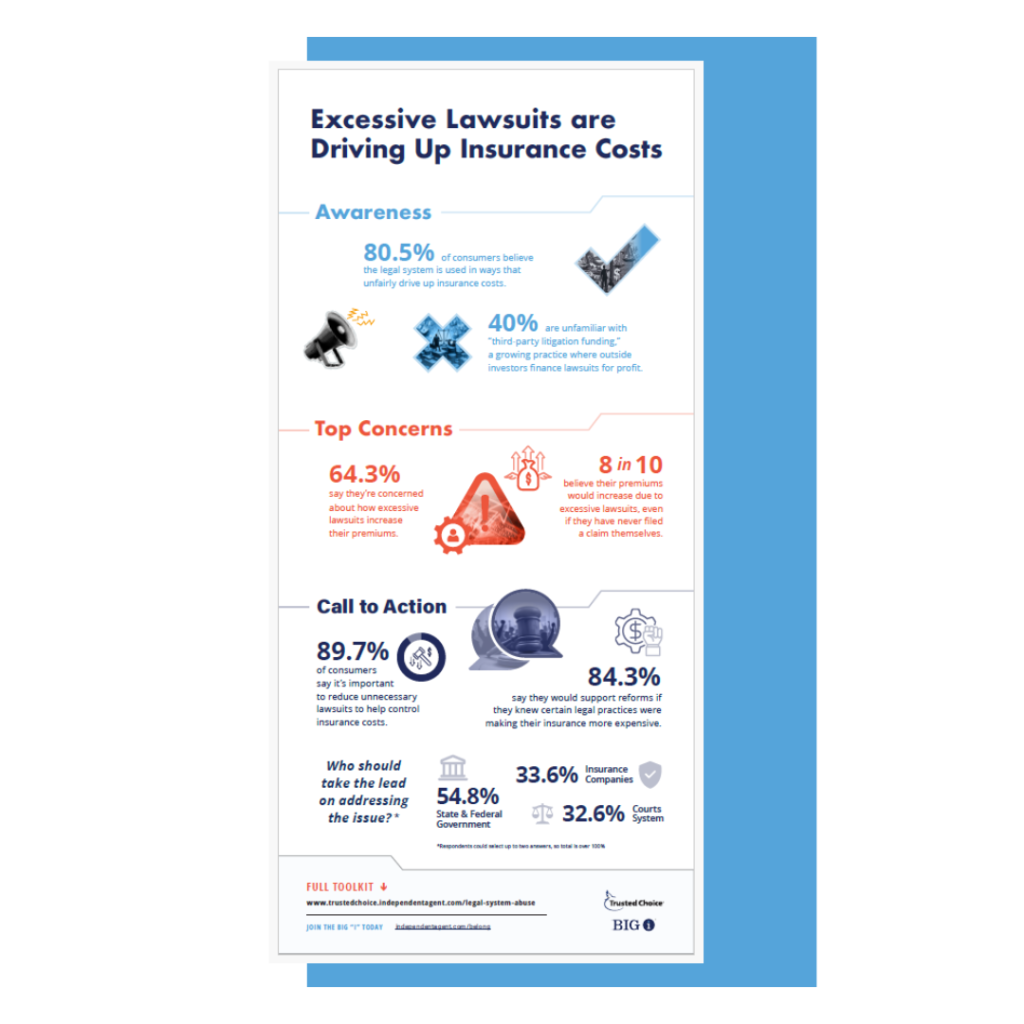What is a “Change” in Risk?
When can an insurance carrier cancel a policy during the middle of the policy term? Everyone knows and can easily explain cancellation for non-payment, but that’s not the issue. The real problems and misunderstandings seem to flow from the concept of a “change” in risk. How much “change” must there be before the insurance carrier can cancel a policy during the term?
Author: Chris Boggs Recently the VU has received a number of questions around the topic of mid-term cancellations. Evidently carriers are beginning to threaten this more and more; and more and more the carriers seem to think they can make this call simply because there is something they don’t like about the insured. Unfortunately for the carriers, it’s not this easy or simple. Unfortunately for the agents, the statutory requirements allowing mid-term cancellation are just fuzzy enough to make fighting these claims and actions difficult. Let’s try to clarify the application of these mid-term cancellation statutes. In June 2017, the VU published a state-by-state spreadsheet detailing state laws regarding mid-term policy cancellations. Many states allow mid-term cancellation only in certain circumstances. Regulations use different phrasing such as:
Although this is not a listing of every state’s “change in risk” wording, this list adequately represents the variations found. (Note: One state (and only one) allows mid-term cancellation when/if there is an increase in exposure resulting from new regulation, legislation or court decision. It seems highly inappropriate to allow a carrier to drop a risk just because of a court decision. Idaho should reconsider such a position.) When considering these statutes, when is mid-term cancellation allowed? Several key words must be understood to properly answer this question. Note that the following explanations include any variations of the term:
With these terms defined, review the statutes once again. Note that each statute requires a substantial or material change in the operational or condition of the risk initially insured. Basically, a carrier can issue mid-term cancellation only when the operations have changed significantly, or the conditions are materially changed. For example, a material change in operations might include a deli that begins to serve mixed drinks in the evening to increase profits. A significant change in conditions might include a restaurant that originally occupied a non-combustible building, but due to renovations and additions, the building is now classed as a frame building. A combination change might be a steel fabricator that begins working with magnesium (a combustible metal when grinding and shaving). Ultimately, mid-term cancellations aren’t allowed just because the underwriter doesn’t like something the insured is doing or where they are operating. There must be a major change in operations or conditions before a mid-term cancellation is allowable. Basically, the insured isn’t what they used to be. One example of a misuse of such statutes came from an agent. The agent’s email stated, “This morning, an underwriter told me he can cancel the policy of one of my contractors because they are going to do work in ‘downstate’ New York, and his company doesn’t want to insure work in that area.” While this may be a carrier underwriting guideline, this is not a material change in operations. They wrote a contractor that did “X,” and they are still doing “X,” they are just doing it in an area the company may not like. They do have the option to non-renew, but no statue says anything about allowing mid-term cancellation when a risk falls outside of underwriting guidelines. If the insured did “X” when the policy was written, but now does “X” and “Y,” or changed completely to “Y” (with “Y” being a material or substantial change in operations), then the carrier has the statutory right to cancel mid-term. It’s about what the insured does. Don’t let carriers bully you or the client with the threat. The carrier has the responsibility to prove the substantial or material increase or change in the risk insured. If it appears they overstep the bounds of the statute, recommend a joint call with the department of insurance, you may be surprised by the results. Last Updated: June 21, 2019 _______________________________________________________________________________________________ Copyright © 2023, Big “I” Virtual University. All rights reserved. No part of this material may be used or reproduced in any manner without the prior written permission from Big “I” Virtual University. For further information, contact jamie.behymer@iiaba.net. |









